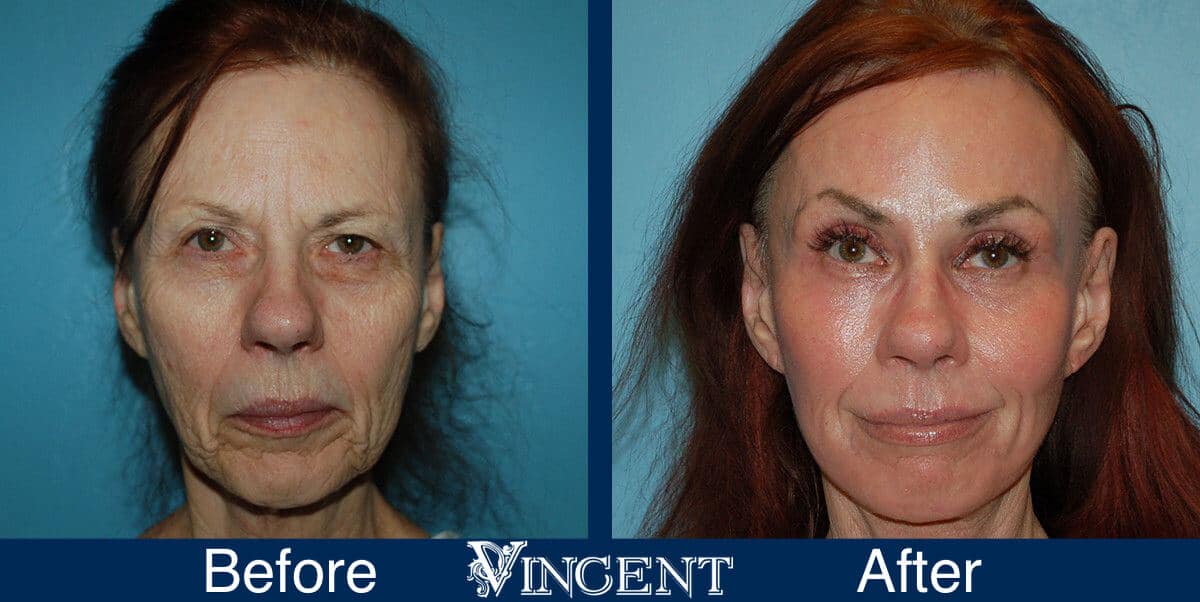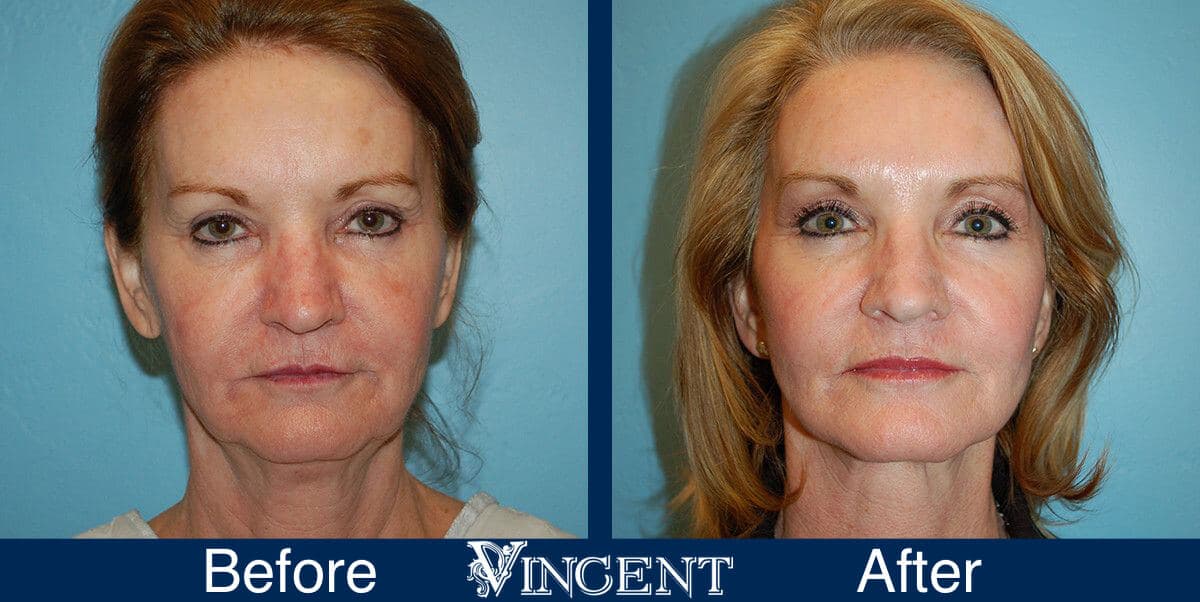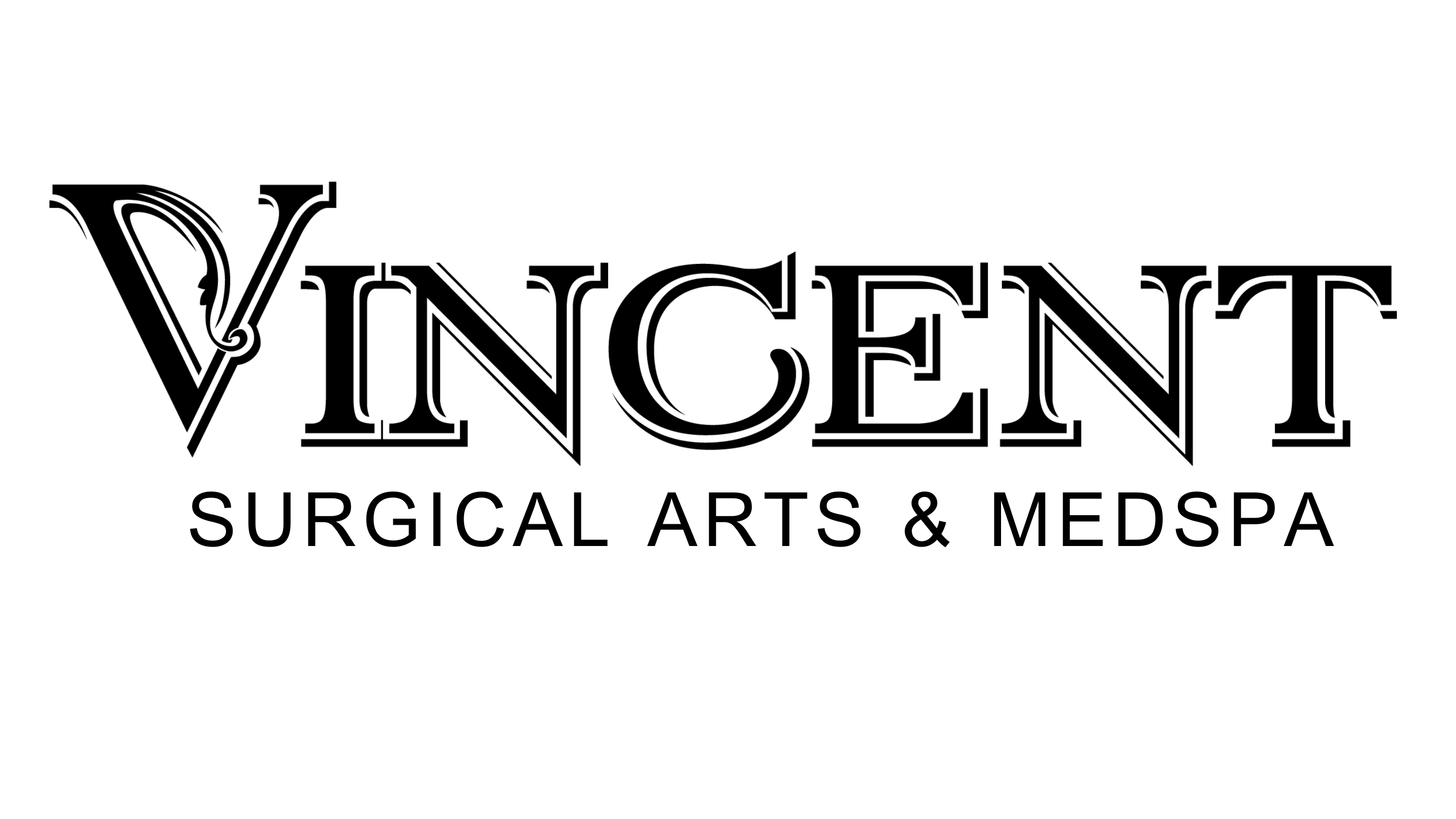Brow Lift Surgery
Amazing results and fast recovery. Refresh your Look today.
Restore Your Youth with a Forehead and Brow Lift
The procedure corrects drooping brows and improves the horizontal lines and furrows that can make a person appear angry, sad or tired.
In a forehead lift, the muscles and tissues that cause the furrowing or drooping are removed or altered to smooth the forehead, raise the eyebrows and minimize frown lines. Your surgeon may use the conventional surgical method, in which the incision is hidden just behind the hairline; or it may be performed with the use of an endoscope, a viewing instrument that allows the procedure to be performed with minimal incisions. Both techniques yield similar results — smoother forehead skin and a more animated appearance.
Look as Good as You Feel
Lose those jowls and tighten your upper neck without being out of action for weeks and spending a lot in the process. The unfortunate reality is that people judge you on appearances and traditionally, facelifts have not been a practical option for many people who can’t afford to be out of commission for many weeks.
Brow Lift Before and After Photos


Testimonials from Real Patients


K. Pinkston
Dr.Vincent is the most kind, meticulous and skilled cosmetic surgeon in Utah. He goes way beyond what any other doctor would do, sometimes with no fee, in order to create the most perfect version of his patients. His perfectionism shows in the quality of his work. #drakevincentrealisticallyamazing


Allison T.
After going to multiple consultations, I finally decided to go with Vincent Surgical Arts and couldn’t be more satisfied with my results. The staff go above and beyond to ensure that I am comfortable and taken care of. My results are better than expected. If you want quality results at a good price, schedule a consultation today, you’ll be glad you did!
Why Choose Vincent Surgical Arts?
Fast Recovery
Advanced techniques result in less down time
Lasting Results
Enjoy your new beauty for years to come
Financing Available
Our partners have flexible plans with as low as 0% APR
Small Incision
Only half the size of the standard facelift
Less Scarring
Thanks to talented surgeons with decades of experience
Frequently Asked Questions
Am I a Good Candidate for a Forehead and Brow Lift?
A forehead lift is most commonly performed in the 40-60 age range to minimize the visible effects of aging. However, it can also help people of any age who have developed furrows or frown lines due to stress or muscle activity. Individuals with inherited conditions, such as a low, heavy brow or furrowed lines above the nose can achieve a more alert and refreshed look with this procedure.
A brow lift is often performed in conjunction with a facelift to provide a smoother overall look to the face. Eyelid surgery (blepharoplasty) may also be performed at the same time as a forehead lift, especially if a patient has significant skin overhang in the upper eyelids. Sometimes, patients who believe they need upper-eyelid surgery find that a forehead lift better meets their surgical goals.
Patients who are bald, who have a receding hairline, or who have had previous upper-eyelid surgery may still be good candidates for a forehead lift. The surgeon will simply alter the incision location or perform a more conservative operation. Remember, a forehead lift can enhance your appearance and your self-confidence, but it won’t necessarily change your looks to match your ideal or cause other people to treat you differently. Before you decide to have surgery, think carefully about your expectations and discuss them in detail with your surgeon.
What are the Risks?
Complications are rare and usually minor. Yet, the possibility of complications must be considered.
In rare cases, the nerves that control eyebrow movement may be injured on one or both sides, resulting in a loss of ability to raise the eyebrows or wrinkle the forehead. Additional surgery may be required to correct the problem.
Formation of a broad scar is also a rare complication. This may be treated surgically by removing the wide scar tissue so a new, thinner scar may result. Also, in some patients, hair loss may occur along the scar edges.
Loss of sensation along or just beyond the incision line is common, especially with the classic forehead lift procedure. It is usually temporary but may be permanent in some patients. Infection and bleeding are very rare but are possibilities. You can reduce your risk of complications by closely following your instructions both before and after surgery.
What is the Consultation Process Like?
For a better understanding of how a forehead lift might change your appearance, look into a mirror and place the palms of your hands at the outer edges of your eyes, above your eyebrows. Gently draw the skin up to raise the brow and the forehead area. That is approximately what a forehead lift would do for you.
During your consultation, the surgeon will discuss your goals for the surgery and ask you about certain medical conditions that could cause problems during or after the procedure, such as uncontrolled high blood pressure, blood-clotting problems, or the tendency to develop large scars. Be sure to tell the surgeon if you have had previous facial surgery, if you smoke, or if you take any drugs or medications — including aspirin or other drugs that affect clotting.
If you decide to proceed with a forehead lift, our cosmetic surgeon or his personally and thoroughly trained Surgery Consultant will explain the surgical technique. Don’t hesitate to ask your doctor or the Surgery Consultant any questions you may have, especially those regarding your expectations and concerns about the results of surgery.
What Type of Anesthesia is Used?
Most forehead lifts are performed under either general anesthesia or IV sedation.
How is the Surgery Performed?
Before the operation begins, your hair will be tied with rubber bands on either side of the incision line. Your head will not be shaved, but hair that is growing directly in front of the incision line may need to be trimmed.
For most patients, a coronal incision will be used. It follows a headphone-like pattern, starting at about ear level and running across the top of the forehead and down the other side of the head. The incision is usually made well behind the hairline so that the scar won’t be visible.
If your hairline is high or receding, the incision may be placed just at the hairline to avoid adding even more height to the forehead. In patients who are bald or losing hair, a mid-scalp incision that follows the natural pattern of the skull bones is sometimes recommended. By wearing your hair down on your forehead, most such scars become relatively inconspicuous. Special planning is sometimes necessary for concealing the scar in male patients, whose hairstyles often don’t lend themselves as well to incision coverage.
If you are bald or have thinning hair, your surgeon may recommend a mid-scalp incision so the resulting scar follows the natural junction of two bones in your skull and is less conspicuous.
Working through the incision, the skin of the forehead is carefully lifted so that the underlying tissue can be removed and the muscles of the forehead can be altered or released. The eyebrows may also be elevated and excess skin at the incision point will be trimmed away to help create a smoother, more youthful appearance.
The incision is then closed with stitches or clips. Your face and hair will be washed to prevent irritation and the rubber bands will be removed from your hair. Although some cosmetic surgeons do not use any dressings, we may choose to cover the incision with gauze padding and wrap the head in an elastic bandage.
When the lift is complete, the scalp incisions will be closed with stitches or clips and the area will be washed. Gauze and an elastic bandage may also be used, depending on your surgeon‘s preference.
What Should I Expect After Surgery?
Patients may experience some numbness and temporary discomfort around the incision, which can be controlled with prescription medication. Patients who are prone to headaches may be treated with an additional longer-acting local anesthesia during surgery as a preventive measure. You may be told to keep your head elevated for two to three days following surgery to keep the swelling down. Swelling may also affect the cheeks and eyes; however, this should begin to disappear in a week or so.
As the nerves heal, numbness on the top of your scalp may be replaced by itching. These sensations may take as long as six months to fully disappear. If bandages were used, they will be removed a day or two after surgery. Most stitches or clips will be removed within two weeks, sometimes in two stages.
Some of your hair around the incision may fall out and may temporarily be a bit thinner. Normal growth will usually resume within a few weeks or months. Permanent hair loss is rare.
What is the Healing Process and Time?
Although you should be up and about in a day or two, plan on taking it easy for at least the first week after surgery. You should be able to shower and shampoo your hair within two days, or as soon as the bandage is removed.
Most patients are back to work or school in a week to ten days. Vigorous physical activity should be limited for several weeks, including jogging, bending, heavy housework, sex, or any activity that increases your blood pressure. Prolonged exposure to heat or sun should be limited for several months.
Most of the visible signs of surgery should fade completely within about three weeks. Minor swelling and bruising can be concealed with special camouflage makeup. You may feel a bit tired and let down at first, but your energy level will increase as you begin to look and feel better.
The New You
Most patients are pleased with the results of a forehead lift, no matter which surgical method was used. Often, patients don’t realize how much their sagging forehead contributed to the signs of aging until they see how much younger and more rested they appear after the lift.
Although a forehead lift does not stop the clock, it can minimize the appearance of aging for years. As time passes, you may want to repeat the procedure.
Contact Us Today

6710 Blackstone Rd #201, Cottonwood Heights, UT 84121
